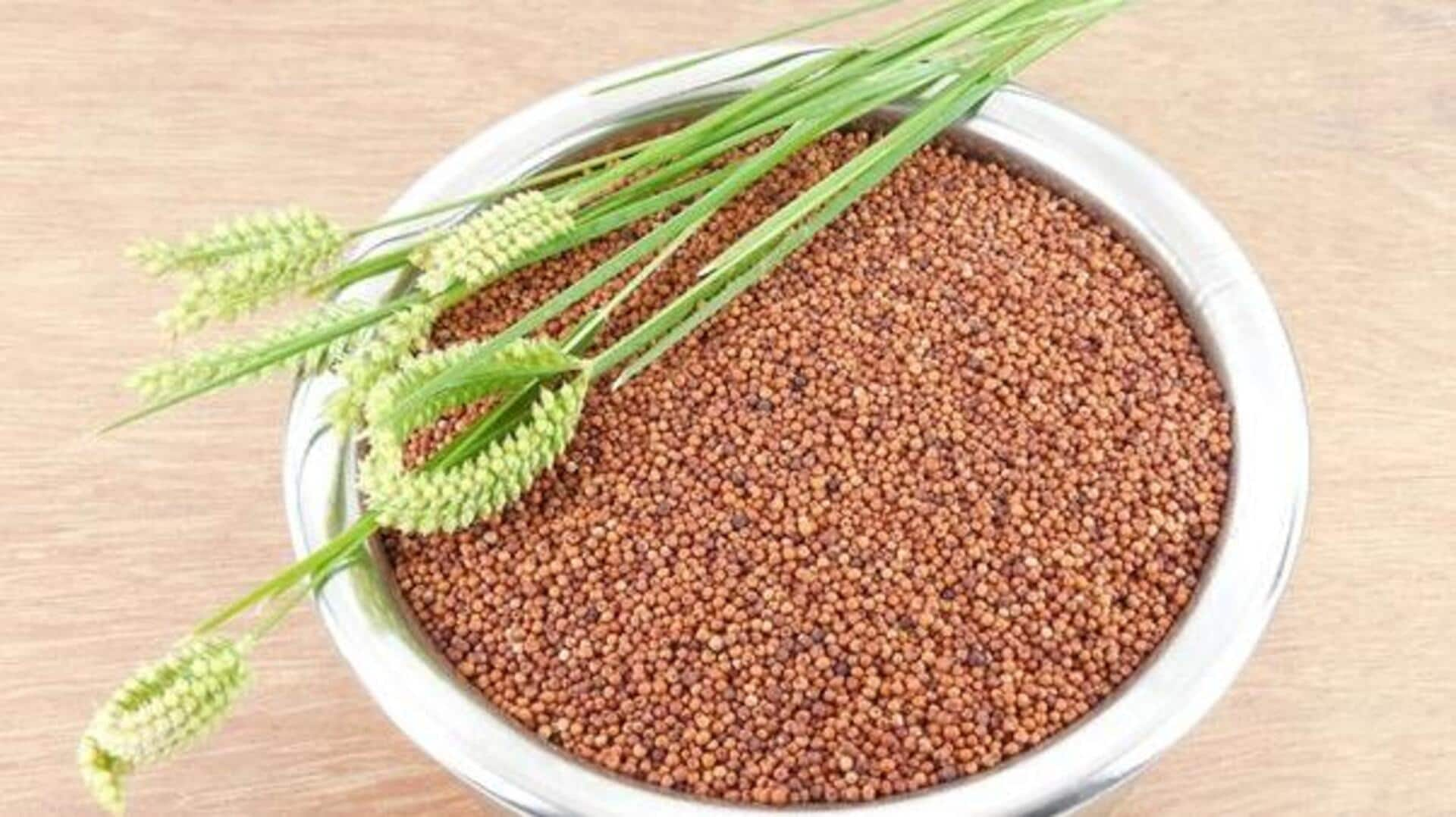
Ragi v/s sago: Which is healthier?
What's the story
Ragi and sago, the two ingredients, are essential for different cuisines. While ragi, or finger millet, is a staple dietary item in many places across India and is packed with nutrients, sago, which is derived from the stems of tropical palms, is known for its high carbohydrates. Let's compare the two to know their nutritional benefits better.
#1
Rich source of calcium
Ragi also makes an excellent source of calcium over sago. It contains some 344 mg of calcium per 100 grams, which is great for bone health and development. This makes ragi especially beneficial for those who need higher calcium intake- growing kids and older adults. On the other hand, sago does not contain any notable amount of calcium, but can be consumed in diets where other sources provide the mineral.
#2
High fiber content
Ragi also provides high fiber content to ensure proper digestion and a healthy digestive tract. With nearly 3% fiber in 100 grams, it promotes regular bowel movements and may also help with weight management by keeping you full. Meanwhile, sago has no fiber content at all, but works well as an energy booster owing to its high carbohydrate content.
#3
Iron-rich grain
Iron is another nutrient where ragi beats sago. Ragi has about three mg iron per 100 grams, which makes it a great option for those suffering from iron deficiency or anemia concerns. Iron is an essential nutrient that forms hemoglobin and carries oxygen around the body. Sago doesn't provide much iron content but is a great option when paired with other iron-rich foods.
Tip 1
Gluten-free options
Both ragi and sago are naturally gluten-free grains, ideal for people with gluten intolerance or celiac disease. Ragi offers added nutrients such as protein and essential amino acids while being gluten-free, making it a versatile option for different recipes without skimping on nutrition. Sago's biggest benefit comes from its easy digestibility and quick energy release due to its carbohydrate content.